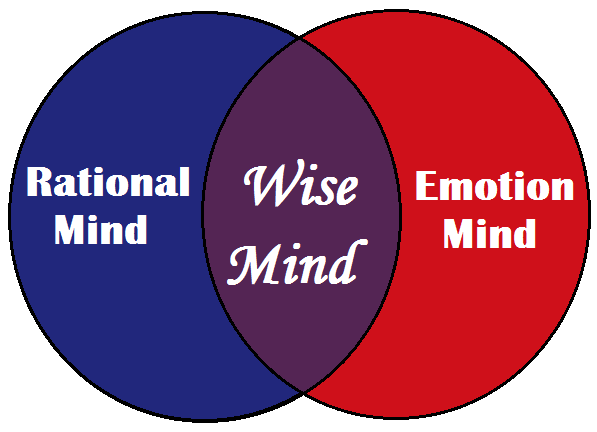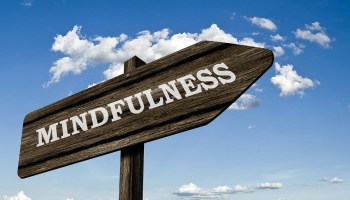grounding
Mindfulness grounding exercises
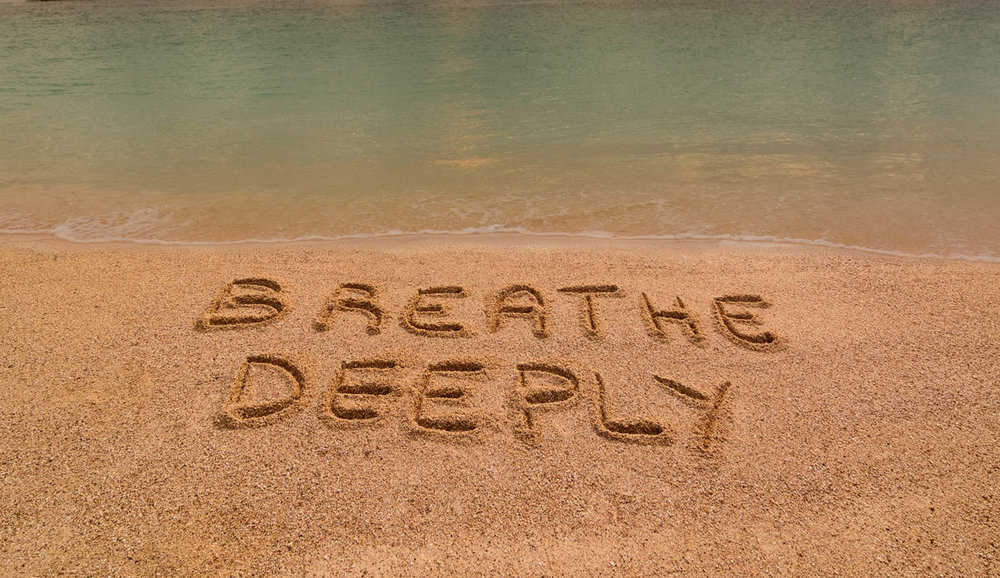
Mindfulness grounding exercises
by Janette Grant 10th December 2017
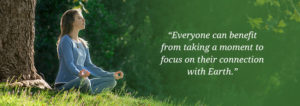
Everyone can benefit from taking a moment to focus on their connection with Earth
Mindfulness grounding exercises can help us firmly anchor ourself in the ‘present moment – the here and now. They can be as simple as taking three deep breaths or longer exercises like meditation. There is no ‘wrong’ way to ground ourself – the aim is to keep our mind and body connected and working together. Grounding exercises can help us when we find ourself overwhelmed by distressing memories, thoughts or feelings.
Most of us, at some time, have walked barefoot on a beach. Remember the warmth of the sun on our skin, hearing the rhythm of the crashing waves and the smell of the ocean wind. Remember our feet on the sand…was there a tingling sensation in our toes or legs as the warmth rose up our body? We can notice the same sensation whilst walking barefoot on grass – not everyone has seen the film, but those who have, remember how Richard Gere’s character in Pretty
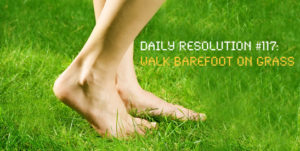
Daily resolution: Walk barefoot on grass
Woman felt once he was persuaded to remove his shoes and socks and walk barefoot on the grass?! At that moment, he was ‘grounded’. Being grounded means we are fully present in our body and feeling connected to the earth. When we are grounded we feel ‘at home’ – this is a generally momentary, but grounding techniques can help us get and stay rooted in our bodies.
Mindfulness grounding exercises can help us clear our mind, recharge our energy, strengthen our instincts and calm our emotions – increasing our overall well-being. Signs that we are ungrounded are:
- we get distracted easily and ‘zone’ out
- we over-think or ruminate
- we engage in personal drama and experience anxiety and constant worrying
- we are overcome by the need for material possessions
- we are easily deceived by ourself or others
- we are obsessed with our personal image
- Physical signs include inflammation, poor sleep, chronic pain, fatigue and poor circulation
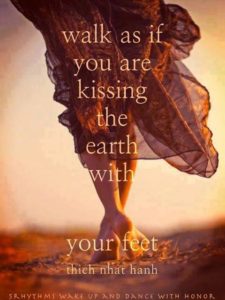
Walk as if you are kissing the ground with your feet -Thich Nhat Hahn
Being ungrounded is a worldwide issue, yet few people recognise it as the proximate cause of much human suffering. Research on grounding began in just the last 15 years, but the results are promising in that it has been shown to reduce inflammation, improve the immune response, reduce emotional stress, improve blood flow and elevate mood. Grounding is similar to centring and the first aim of grounding is to get rooted in our physical body. Centring includes our mind, heart and spirit, as well as our body and once we learn how to ground ourself, it’s easier to find our centre. Grounding techniques are designed to redistribute the energy from our head/mind into our body and in doing so it has an almost immediate calming effect. Most of our stress and anxiety results from a disconnection with our bodies and the more rooted we are in our body, the less stress and anxiety we suffer.
It helps to have a selection of grounding exercises for different times – just as different strategies work for different people, it’s often found that different techniques can work at different times. The list of grounding exercises below are about using our senses – sight, hearing, smell, taste and touch – to reconnect our mind and body in the present. Our basic human senses remind us we are here now, and safe. When we find ourself needing relief, we may find that only one or two work for us and we just need to pick the strategy that will be most helpful for us at the time and which allows us to feel most comfortable with.
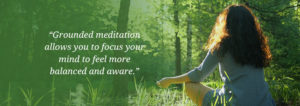
Grounded meditation allows you to focus your mind to feel more balanced and aware
List of mindfulness grounding exercises
- Remind yourself of who you are, say your name, age, where you are, what you’ve done today and what you’ll do next….my name is -I am – yrs old, I am in my sitting room, in my home, in Wimbledon, in London, I woke early, had a shower etc etc… This can be done if you wake in the night too, expanding it to noticing the familiar objects in your room and naming them. Feel the bed you are lying on and any sounds you hear etc.
- Take 10 slow breaths, focusing fully on each breath, on the way in and out. Say the number of the breath to yourself as you exhale.
- Splash some water on your face, noticing how it feels and notice how the towel feels as you dry.
- Sip a cool glass of water.
- Cover your crown – sounds odd, but almost always works! Just place one hand over the crown of your head and if possible, and it helps, close your eyes
- Hold a cold can or bottle of soft drink in your hands, feeling the coldness and the wetness on the side. Notice the taste as you drink.
- Feel the clothes on your body, whether your arms and legs are covered and the sensation of your clothes as you move in them. Notice how your feet feel encased in shoes and socks.
- If you are with other people, and you feel comfortable with them, concentrate closely on what they’re doing and saying, and remind yourself why you are with them.
- If you are sitting, feel the chair under you and the weight of your body and legs pressing onto it. If you’re lying down, feel the contact between your head, your body and your legs on the surface you are on. Notice how each part of your body feels.
- Stop and listen. Notice and name the sounds you can hear, gradually expanding outward to focus on what you hear in the distance.
- Hold a mug of tea in both hands, feeling its warmth. Don’t rush drinking – take small sips, taking your time to taste each mouthful.
- Look around you and name and notice the qualities of large objects and then smaller ones.
- Get up and walk around, noticing each step as you take one, then another. Stamp your feet and notice the sensation as you connect with the ground.
- Clap and rub your hands together, noticing the noise and feeling the sensation in your hands and arms.
- Wear an elastic band on your wrist (not tight) and flick it gently, feeling it spring back on your wrist.
- If possible, step outside, noticing the temperature and how different or similar it is from where you have just come.
- Stand like a tree by standing with your feet parallel and at least
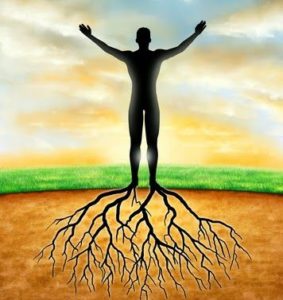 shoulders width apart. Keep your head above your body, chin tucked and spine straight. Rest your hands at your side and sink all of your body’s weight and tension into your feet (but still retaining, your posture) allowing it to be absorbed into the ground. Imagine roots growing out of your feet, extending deep into the ground beneath you.
shoulders width apart. Keep your head above your body, chin tucked and spine straight. Rest your hands at your side and sink all of your body’s weight and tension into your feet (but still retaining, your posture) allowing it to be absorbed into the ground. Imagine roots growing out of your feet, extending deep into the ground beneath you. - Stretch – animals have got it right!
- If you have a pet, spend some time with them, noticing what is special and different about them.
- Run your hands over something with an interesting texture.
- Get a sultana, a nut, or similar and focus on how it looks, feels and smells. Put it in your mouth, noticing how that feels, before chewing mindfully and noticing how it feels when you swallow it.
- Listen to some instrumental music, giving it all your attention.
- If you have a garden or just some plants, tend to them for a while. Plants and actual soil can be great ‘grounders!’
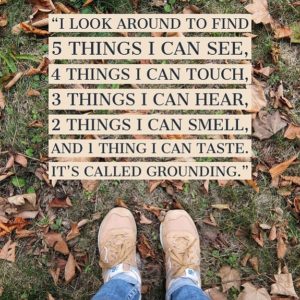
I look around to find 5 things I can see, 4 things I can touch, 3 things I can hear, 2 things I can smell and 1 thing I can taste. I’s called Grounding.
- Notice five things you can see, four things you can hear, three things you can feel, two you can smell and one you can taste.
- Take a cold shower or take a dip in the sea/lake – it is invigorating and has many health benefits. Much research has shown that exposure to cold increases immunity, can reduce fat and elevate mood (by triggering dopamine). It has been shown to be of great benefit to those suffering from depression, to the extent they have been able to stop taking anti-depressives. If you’re not accustomed to cold showers (!) or regular dips in winter, just reduce the temperature of the water in your shower to warm/cool for the last 30 seconds. Then over the next few weeks, make it slightly cooler and stay under longer. By the end of three weeks your body will be used to the cold temperature. Check with your doctor first though, before jumping into the nearest lake!

Health Benefits of Grounding; improved mood, improved sleep, reduced pain, reduced stress, improved wound healing, improved immunity, reduced inflammation.
Grounding or Earthing refers to direct skin contact with the surface of the earth.
Grounding & Clearing: A Pocket guide to being Safe, Present and Comfortable on Earth – this book teaches us techniques to ground in any situation and to clear negative patterns and energies from our life. With regular grounding and clearing, we can learn to remain calm and focused.
Calm Ground: Grounding Tools to Help you Feel Safe and Solid in the Present – this e-reader edition gives us many, easy-to-use strategies to help us manage anxious thoughts, distressing feelings, or bad memories from the past. With strategies for sleep, managing stress, using the five senses to calm ourself and dealing with fears such as public places etc., it is aimed to make us feel more safe and solid in the present.







